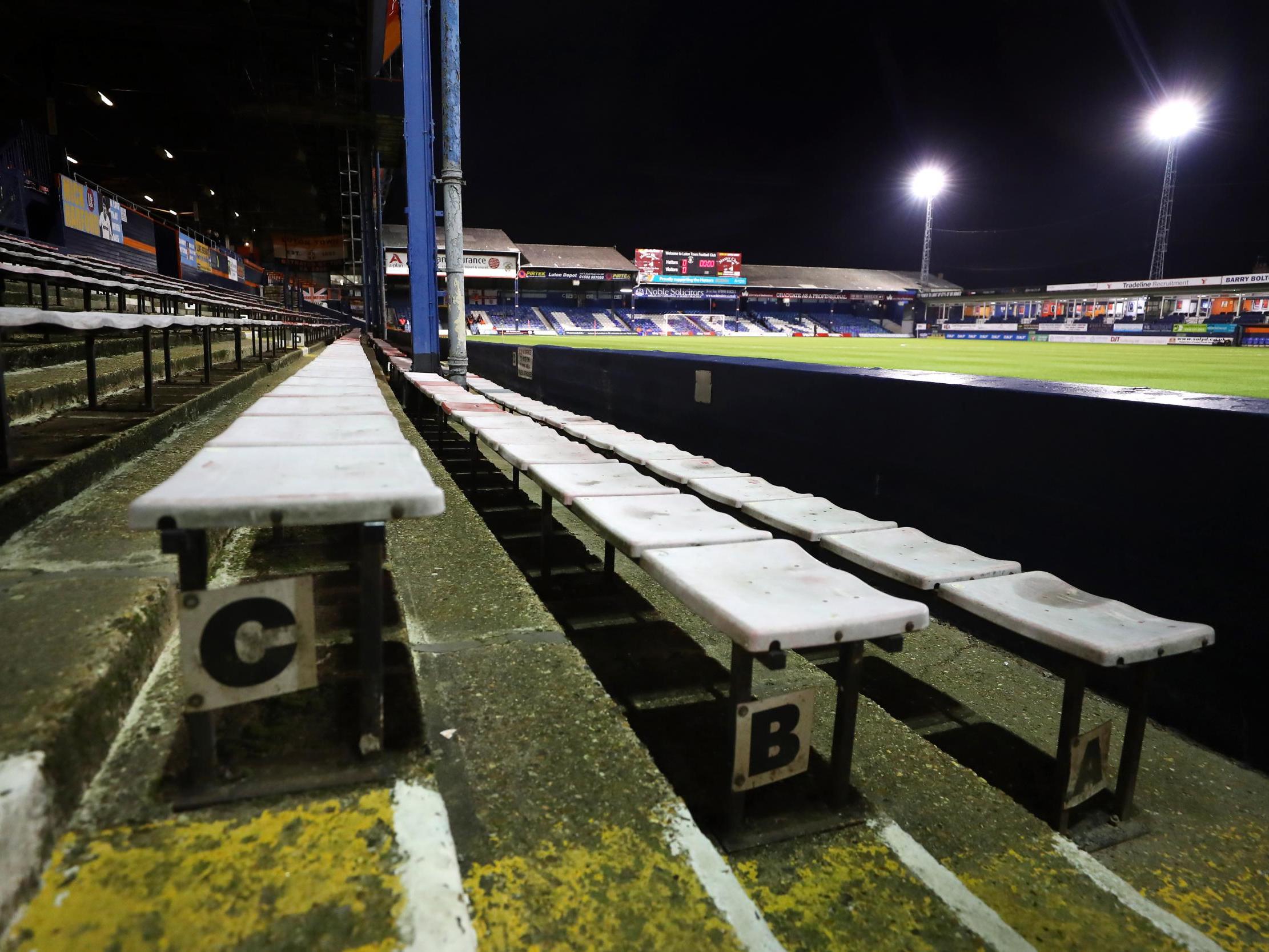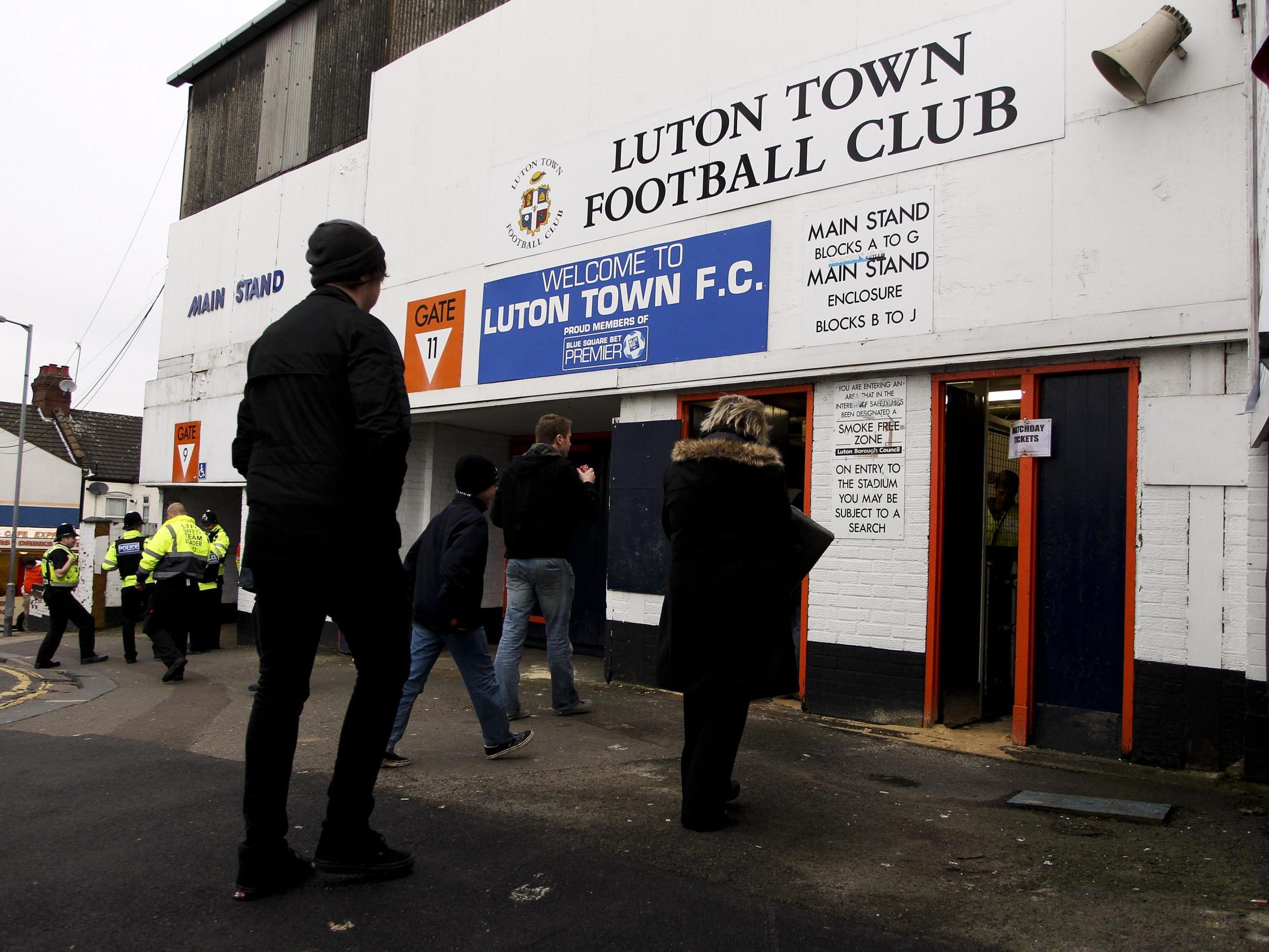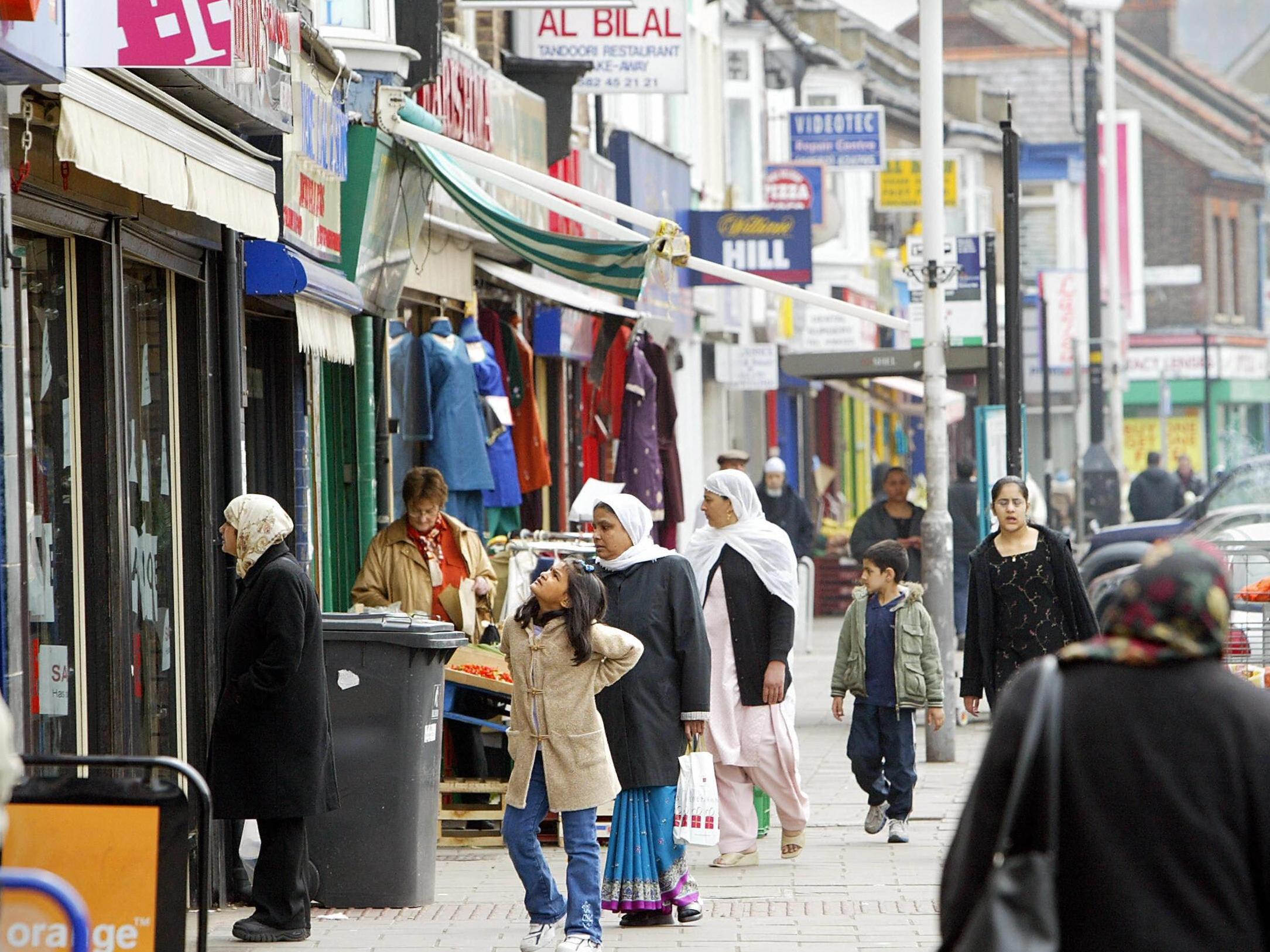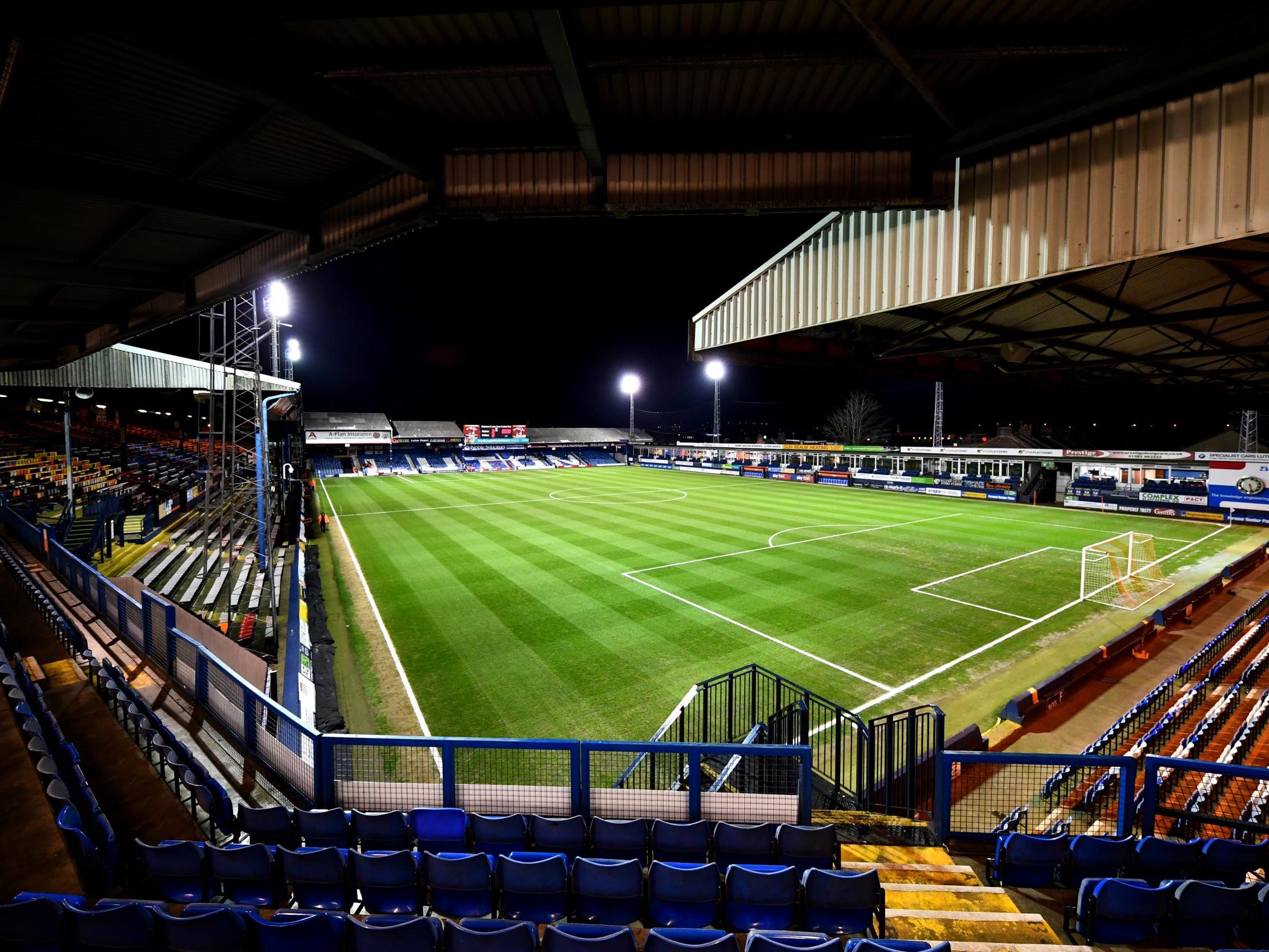Luton’s fight for the future: How the League One club is planning to save itself and its community
Long read: Against a backdrop of underinvestment and austerity, Luton Town is fighting to bring a much-needed lift to the local community as the club attempts to relocate
Why not Luton? Burnley, Bournemouth and Huddersfield all play in the Premier League. Barnsley, Swansea, Reading and Swindon have played there before. Leicester have even won the whole thing.
Smaller clubs from smaller towns have made it to the top, but Luton never have, even given the town’s large population, location and links. The club was last relegated from the top flight in 1992, ejected just when the party started. They have not played in the Championship since 2007, although after beating Portsmouth 3-2 on Tuesday night they are now five points clear of them at the top of League One. But when Luton’s future is decided in the next few months, it will not be on the pitch.
Football results are too often explained away by political and real-world causes. But in this case the wasted potential of the club over the last 30 years and the bad reputation of the town are caused by precisely the same things: years of underinvestment and austerity, a dying town centre, a desperate need for regeneration. The Centre for Cities ranked 63 British cities by 2016-17 population growth in their report released this week. Luton finished last, with a population contraction of 0.6 per cent.
“Luton was so badly hit in the early 1990s,” says Gavin Shuker, MP for Luton South. “It needed a lot [of spending] in the 2000s just to catch up. It was really starting to come to fruition, with huge plots of land designated for housing and redevelopment. Then 2007 hit, and they’re still standing there 10 years on. We had a lost decade, and we’re only just starting to recover from that.”
If the problem is political, then so is the solution. The club has a plan to save itself and to revive the town: a £600million build across two sites, promising 10,000 new jobs and £250m benefit to the local economy every year. They just need Luton Borough Council to agree. So far the council has only agreed to half of Luton Town’s plans. And they are fighting a bitter battle with the owners of a decrepit shopping mall over the development. Each side, the football club and the shopping mall, is effectively accusing the other of risking killing off the dying town centre. But the people of Luton are almost unanimous: they need change, for the town and for club.
***
Luton needs regeneration, but Kenilworth Road does not. It is far past the point where it can be saved. Luton have been playing there for 114 years and trying to leave it for almost 70. It is not the smallest ground in League One – Wimbledon play at Kingsmeadow – but it is arguably the worst. Visiting fans still have to walk through a resident’s back garden to get to the away end. The main stand is wooden, and in 2008 a game against Aldershot was delayed for 10 minutes after a shot dislodged a plank of wood, forcing a man with a long ladder to come onto the pitch to remove it.

The other problem is that this ground imposes a limit on what Luton can do. This is a big club with a big fan-base, who took 40,000 fans to the Football League Trophy final in 2009. But they will never be able to make any money on a match-day where they are. The club has done remarkably well to get back to the top of League One – so well that they lost Nathan Jones to Stoke City – but there will always be a ceiling.
The club have drawn up plans for a 23,000 seater stadium in central Luton, hoping that a bigger ground would help to unlock the obvious potential of the area, including Luton’s Asian community. “We genuinely want to be more inclusive to the people of Luton,” says Luton Town CEO Gary Sweet. “The architecture and design of the stadium will allow us to do that. We will have a banqueting suite that will hold over 1000 people, which would open up opportunities for us within the Asian community. We will have a multi-faith prayer room included within the stadium, which physically we are unable to do within Kenilworth Road.”
Luton have seen plenty of other clubs from similar-sized towns build new grounds and flourish. “The [potential of the club] is endless,” Sweet says. “It is literally endless. I’ve been quoted on this before, if Leicester can do it, there is no reason why Luton cannot.” But Luton have also seen clubs relocate from town centre to out-of-town, which they are extremely reluctant to do. “We can learn from a lot of other people’s mistakes,” says Sweet. “The location of the football club, locating it right in the heart of the town, is vital for us, to live and breathe what we are bringing to it.” Luton Borough Council approved the plan on 16 January.

For this new ground, Luton have chosen a well-located toxic wasteland called Power Court, where the old electricity power station was demolished in 1972. The site itself is a clear sign of the underinvestment in the town: it has been derelict for years, changing hands but never finding an owner with enough money to develop it. Until Luton’s owners stepped in. They want to decontaminate the area, move the old sub-station, open up the culverted river. Simply preparing the land will cost £50m. Building a new ground, with all the retail and leisure facilities that come with it? Another £50m after that.
2020 Developments – effectively the development arm of Luton Town FC – now have to find that money from somewhere. So they are pursuing a second development on land that they own just off Junction 10 of the M1, an area called Newlands Park. Only by raising money this way can they afford Power Court. “It’s crucial from that perspective,” says Sweet. “The only way that, from a development point of view, this is really going to be unlocked is if there is some kind of commercial contribution from another development.” So they have planned office space for 3,500 people, a new upmarket retail development and a 5-star hotel as well. “This isn’t just retail,” Sweet says. “This is a genuine place-making mixed-use development.”
***
The British high street is in crisis, and nowhere sums that up better than The Mall in Luton. Online shopping has gutted high-street retail, leaving The Mall as a shell of a shopping centre, barely improved from when it opened in 1972. Lutonians describe it as dull, grey, tired, “a scarecrow kind of place”. Last September three men were jailed for fighting there in broad daylight on a Sunday afternoon with knives and a machete, after their fight which started in the town centre moved into The Mall.
Big tenants are already leaving The Mall. Marks and Spencers announced recently that they are closing their store there. Debenhams are expected to follow them, one of 50 planned closures over the next few years, although the move has not been confirmed yet. Overseeing all of this is Capital and Regional, who own eight shopping centres across Britain, and who acquired The Mall in 2006.

Just last week Capital & Regional announced that the value of its properties outside London – such as The Mall in Luton – had fallen by more than 10 per cent in the second half of last year. They blamed a “negative sentiment towards retail assets”. Their share price has fallen almost 50 per cent since May 2018. Industry experts expect the falling values of retail properties to accelerate in 2020 and 2021.
It should be no surprise, then, that the prospect of a brand new retail development outside of Luton centre is worrying Capital & Regional. While they supported Luton’s bid to build a new ground, they are resolutely opposing the Newlands Park development which is required to pay for it. They have argued that it is against planning policy to build a retail development out of town. And they have argued that this development would have a “significant adverse” impact on the current Luton town centre. That shoppers would start to go out of town, instead of to the town centre, and that retailers would follow them, or would not commit to long-term leases there any more. In short: that Newlands Park would kill The Mall.
But there is a view – expressed by local MP Shuker – that The Mall and its owners might be part of the problem rather than the solution. “Capital & Regional have not come forward over the last decade with a huge amount of investment in the town centre, they have not kept up with developments elsewhere,” he says. “As a result they have enjoyed huge political power in the town centre, effectively blocking any other development. They are being really short-sighted in thinking that blocking this will do anything good for business in the medium or long term.”
Capital & Regional dispute this, arguing that claims they have underinvested are "factually incorrect". They point to £30mi of investment since 2010, with "a further £7m earmarked for further improvements in the next 12 months and another £5m being invested in bringing nearly Arndale House back to use". They say they have "consistently backed and promoted the town centre", investment in which would be "undermined" by the out-of-town scheme.

Luton Town do not see their plans as potentially fatal to the town centre, quite the opposite. “We actually want, first and foremost, to support our town centre, and create more of a vibrant town centre,” Sweet says. “That is why we are building a football stadium, with a music venue, bars, restaurants, cafes, a hotel, retail and nearly 600 dwellings. The added benefit of putting that into the town centre will far outweigh any kind of miniscule impact that retail might have, in what is quite a strained market at the moment. We all know that town centres have to regenerate.”
***
Luton Borough Council have already given permission to the new stadium, which Gary Sweet described as winning the first leg of a two-legged tie. The second leg, the permission for Newlands Park, was due to happen on 30 January, before Luton Town asked for the hearing to be delayed into February. “That is purely because we run a football club, not just a development company”, Sweet explains. They have just lost their manager to Stoke City and need to get through the January transfer window as well. And the stakes are high: no permission for Newlands Park means no money for Power Court, more or less.
There is no question what Lutonians want: the club say there have been roughly 11,000 letters of support for the scheme and less than 100 against. “Normally there are more letters against than for,” Sweet says, “you never really get anything like that level of support.” Gavin Shuker spoke of similar figures: “I’ve had 10,000 emails supporting the proposals and under 10 that don’t back it. One of them will be from Capital & Regional.”
So how much power do the people of Luton have in deciding their own future? The prospect of elections on 2 May could encourage the council to give the people what they want. But until the council approves Newlands Park then the whole future of the club and the town is in limbo. “It is very difficult to say if there is a Plan B, I don’t think there is,” Sweet admits. “That is when we go back to the drawing board completely and start again.”
Sweet and his team are confident this will not be yet another missed opportunity. Because Luton has spent decades watching other towns nearby – Reading, Slough, Watford – flourishing thanks to regeneration and investment. They have seen other football clubs with shiny new grounds breeze past them on their way up the pyramid. And a decade of austerity has strangled any prospect for development, as it has in towns across the country, halving the budget of the local authority. Through all of this Luton has seen the reputation of the town itself gradually eroding away.
Only now does the town have the chance for the investment and improvement it has been denied for so long. “It is very hard to change a town’s reputation,” Shuker says, “without fundamentally changing its built environment.” After the new buildings go up, they all hope, eventually so will the esteem of the town.
“We want to give the whole town and region a bit of a kickstart,” Sweet says. “We are not a normal developer, here to develop it, sell it and move on to another town. We live and breathe Luton, we are form here, this is in our hearts. We absolutely feel this is going to change the face of Luton Town FC, but it will change the face of Luton too.”
Join our commenting forum
Join thought-provoking conversations, follow other Independent readers and see their replies
Comments